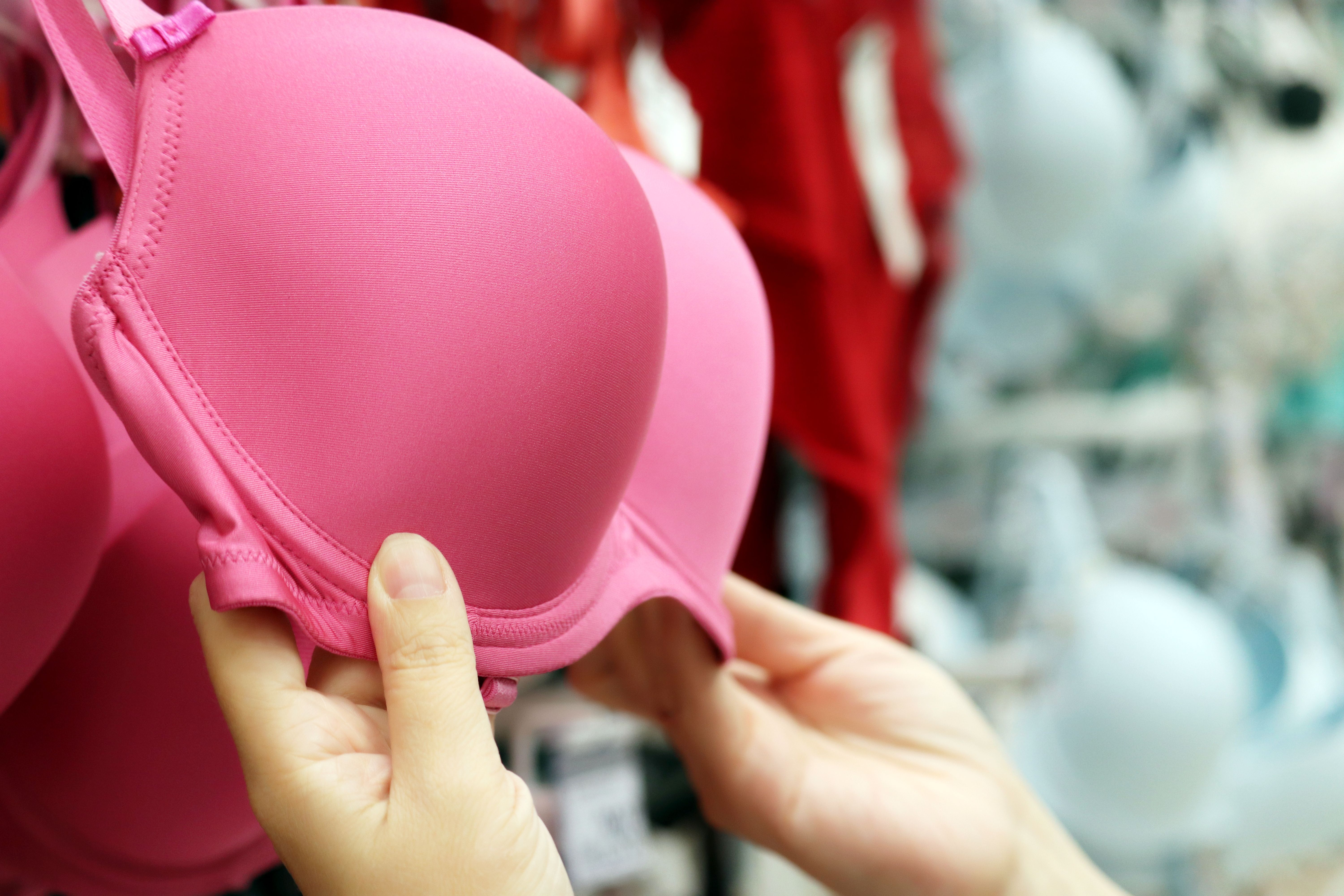Managing Sore Nipples and Breast Pain
Understanding Sore Nipples and Breast Pain
Sore nipples and breast pain are common issues that many individuals experience at some point in their lives. Although often associated with breastfeeding, these discomforts can affect anyone, regardless of gender or life stage. Understanding the underlying causes and effective management strategies can help alleviate discomfort and prevent further complications.

Common Causes of Sore Nipples and Breast Pain
Several factors can contribute to sore nipples and breast pain. Hormonal changes during menstruation, pregnancy, or menopause often lead to breast tenderness. Infections such as mastitis or skin conditions like eczema can also cause soreness. Additionally, ill-fitting bras or vigorous physical activity can result in discomfort or irritation.
For breastfeeding individuals, improper latching, frequent feeding, or abrupt weaning can lead to sore nipples. It's crucial to identify the specific cause to apply the most appropriate treatment and management techniques.
Effective Management Strategies
There are several strategies to manage sore nipples and breast pain effectively:
- Wear a supportive bra: A well-fitted, supportive bra can reduce movement and minimize irritation.
- Apply warm compresses: Warm compresses can help alleviate pain and promote circulation.
- Maintain proper hygiene: Keeping the area clean and dry can prevent infections and skin irritations.
Nipple Care: Soothing and Healing
Breastfeeding can be beautiful—but it can also be physically demanding, especially in the early days. Sore, cracked, or dry nipples are common, but they don’t have to derail your journey. Using the right nipple cream or balm can provide relief and speed up healing.
Top soothing nipple care products include:
Lansinoh Lanolin Cream – A popular, medical-grade lanolin cream that's safe for baby and doesn’t need to be wiped off before nursing.
Earth Mama Organic Nipple Butter – Made with natural oils and herbs; lanolin-free and gentle for sensitive skin.
Motherlove Nipple Cream – Herbal-based and safe for both mom and baby, with ingredients like calendula and olive oil.
Bamboobies Organic Nipple Balm – A plant-based, non-sticky alternative that’s soothing and USDA certified organic.
For extra relief, some moms also use gel nursing pads (like Lansinoh Soothies), breast shells, or cooling hydrogel pads.
Don’t Forget the Latch: The Key to Comfort and Success
One of the most important (and often overlooked) parts of successful breastfeeding is achieving a proper latch. A poor latch can cause pain, nipple damage, and low milk transfer. If you're experiencing discomfort, cracked nipples, or suspect your baby isn’t getting enough milk, don’t wait—seek support early.
Where to get help:
International Board-Certified Lactation Consultants (IBCLC) – Trained professionals who can observe a feed and help correct latch and positioning
Local hospitals or birthing centers – Often have lactation services, even for adoptive or non-birthing moms
Virtual consultations – Many lactation consultants now offer Zoom sessions if you can't get in person

Home Remedies for Relief
If you're looking for natural remedies to ease your discomfort, consider these options:
- Coconut oil: Applying a thin layer of coconut oil to the affected area can provide soothing relief.
- Aloe vera gel: Known for its anti-inflammatory properties, aloe vera gel can help reduce irritation.
- Oatmeal bath: Taking an oatmeal bath can soothe skin irritations and provide relief from itching or burning sensations.
When to Seek Medical Advice
While sore nipples and breast pain are often manageable at home, there are instances when professional medical advice is necessary. Seek medical attention if you experience:
- Persistent pain that doesn't improve with home remedies
- Redness, swelling, or warmth in the breast area
- Nipple discharge that is not milk or pus

Preventing Future Discomfort
Preventing future occurrences of sore nipples and breast pain involves adopting a few proactive measures. Ensure you're wearing a properly fitted bra, especially during physical activities. For breastfeeding individuals, consult a lactation expert to ensure correct latching techniques. Regularly moisturizing the nipple area can also help maintain skin integrity and prevent dryness or cracking.
By understanding the causes and adopting effective management strategies, you can enhance your comfort levels and overall breast health. Remember that while these issues are common, they should not be ignored if they persist or worsen over time.